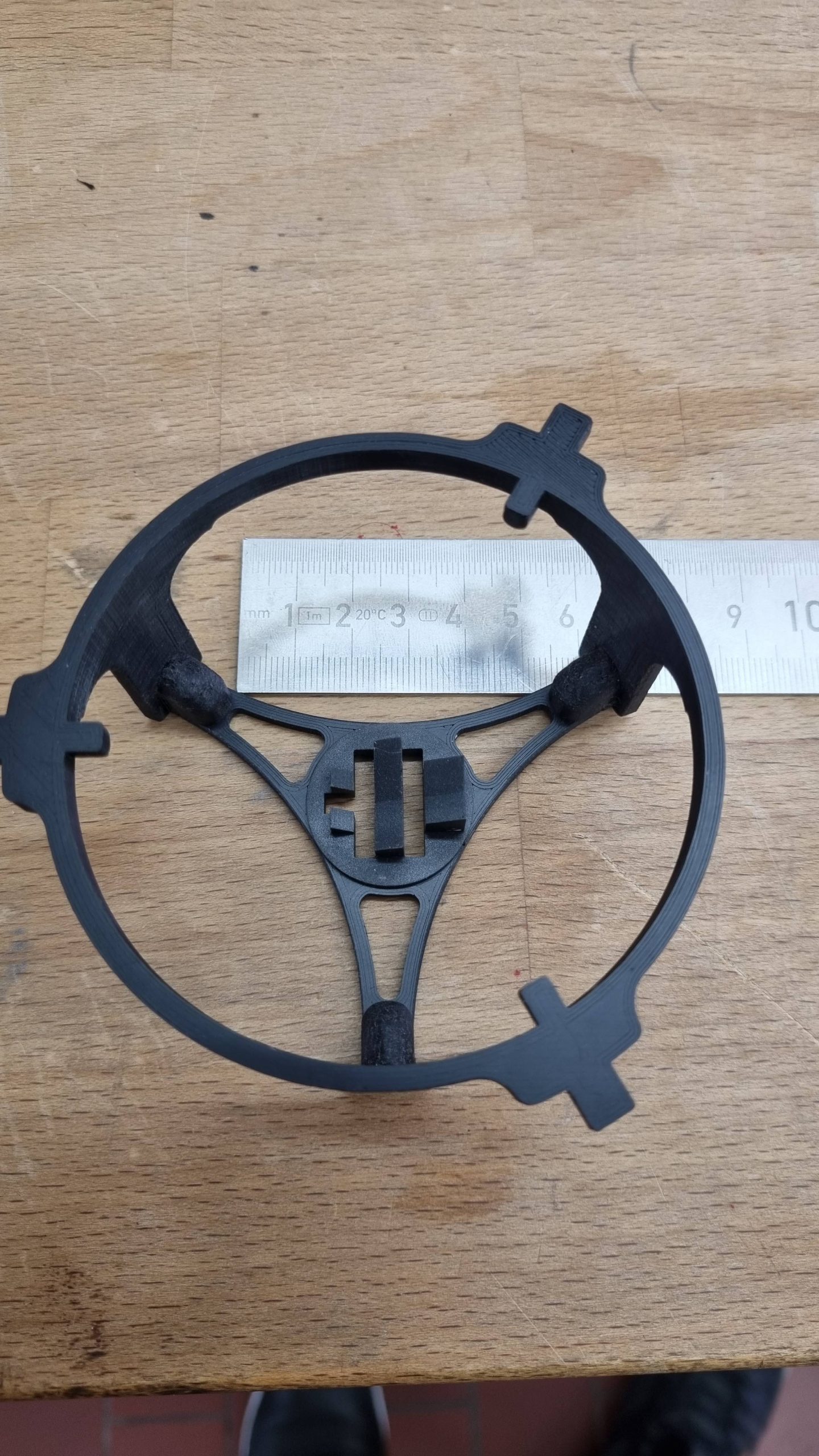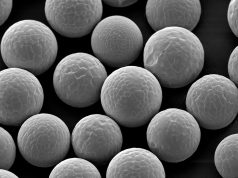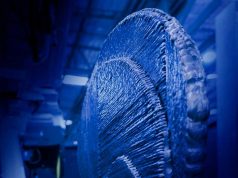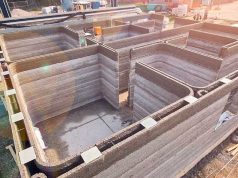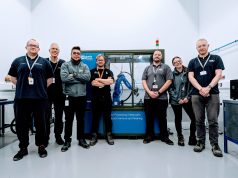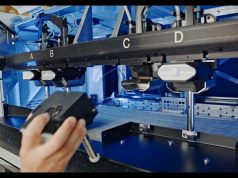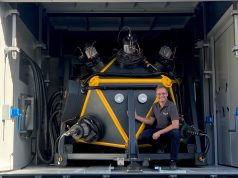Determining the density of additively manufactured parts has a significant impact on their structural integrity and performance. Accurate density evaluation is essential to ensure part quality and reliability, and to detect potential defects or voids that could affect strength and durability. Fraunhofer IAPT conducted an independent review of available AM density assessment technologies.
It found that Dimensionics Density automated density determination is particularly recommended in areas where density statements need to be made frequently or quickly.
In addition to Dimensionics Density technology, the Fraunhofer report also reviewed the use of micrographs, computed tomography (CT), and the manual Archimedes method. While all methods can in principle determine the relative density of AM parts, there are significant differences in terms of accuracy, resolution and repeatability.
According to the Fraunhofer IAPT report, Dimensionics Density automated density determination offers significant advantages over other methods. It removes the user from Archimedes measurement, resulting in significantly higher repeatability and lower variability. Compared to micrographs and CT scans, the measurement time is also significantly shorter.
Philipp Pruesse, Head of Sales at Dimensionics Density, says: “We are extremely encouraged that the Fraunhofer IAPT report recognised the advantages of the automated density determination process that we produce. Our process uses the Archimedes method mentioned above, but in combination with modern automation technology. The samples to be measured are placed in a special component carrier, which is provided with openings on the underside. These component carriers are transported through the system by an axis robot and thus lowered centrally and precisely onto the scales. On the scales themselves, a lift-out rack with pins is placed, which lifts the component over the openings in the component carrier and thus lifts the component out of the carrier. The automated handling eliminates human influence on the measurement, as the parts are always placed identically onto the scales. The scales are designed to be insulated from vibration. In addition, all ambient conditions such as temperature, air pressure, and water temperature, are recorded via climate sensors, and their influence on the measurement result is taken into account directly in the evaluation algorithm when determining the density.”
In summary, Dimensionics Density’s automated density determination offers an innovative approach to quality assurance in additive manufacturing and is expected to have a significant impact on the industry in the years to come.
Pruesse continues, “Dimensionic Density’s automated density determination solution is poised to revolutionize the analysis of component density, and we are delighted that the Fraunhofer IAPT report recognises its importance in the critical area of AM production part / process validation. Its unparalleled accuracy and efficiency will help identify and mitigate porosity-related issues, bolstering the mechanical integrity, durability, and resistance of AM parts against external stressors and environmental challenges. Users will be able to elevate their manufacturing processes to new heights and unlock the true potential of AM for validated AM components.”
Subscribe to our Newsletter
3DPResso is a weekly newsletter that links to the most exciting global stories from the 3D printing and additive manufacturing industry.



